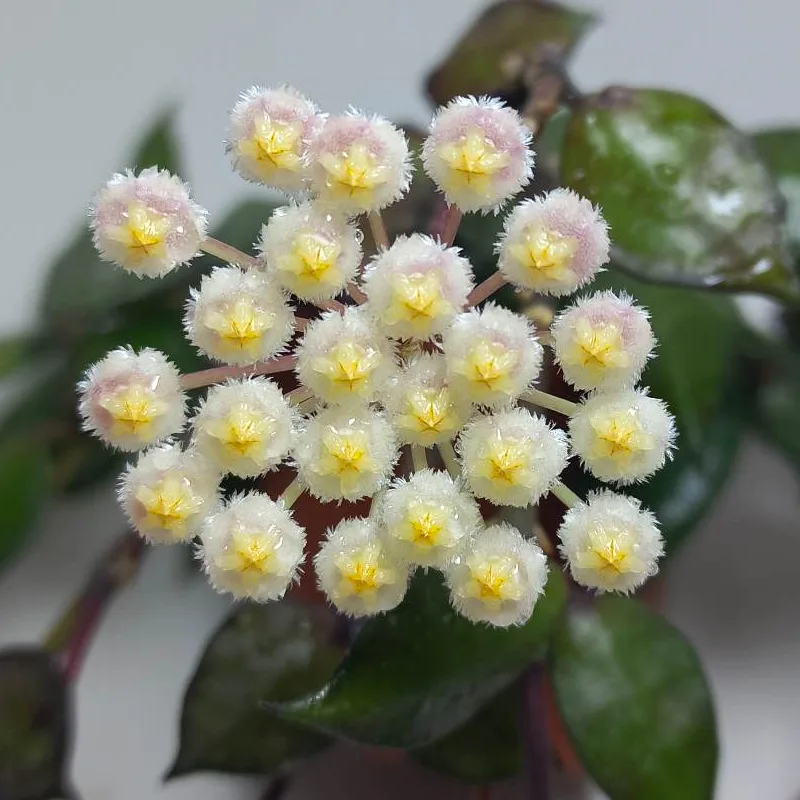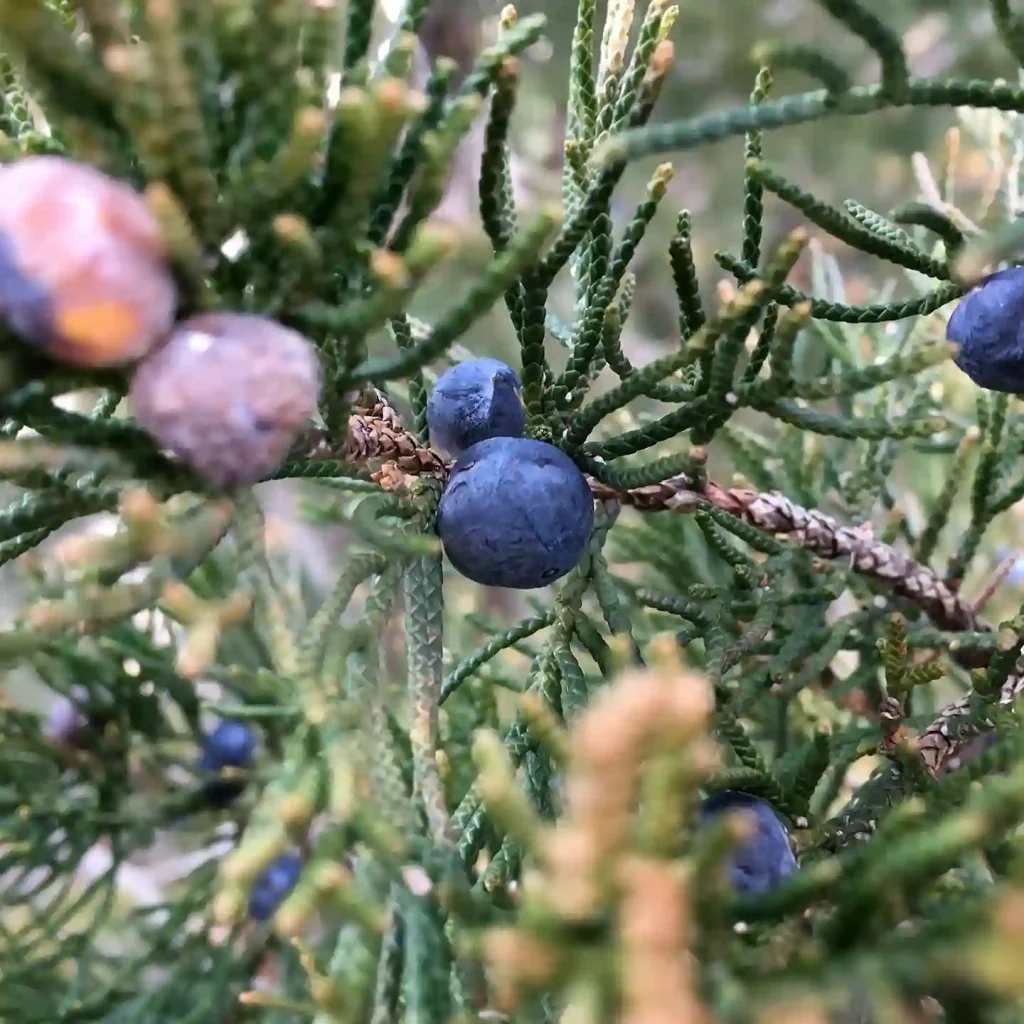
The Enchanting Dove Tree: A Personal Reflection
My fascination with the Davidia genus from Nyssaceae family began many years ago, sparked by a single, breathtaking image in a dusty old botany book. The photograph depicted a tree draped in what appeared to be white handkerchiefs fluttering in the breeze, an ethereal sight that captured my imagination. This was my introduction to Davidia involucrata, commonly known as the dove tree or handkerchief tree, and the sole member of its genus.
The genus name, Davidia, honors Father Armand David, a French missionary and naturalist who first encountered this remarkable tree in China in the 19th century. He was also the first Westerner to describe the giant panda, showcasing his keen eye for unique and captivating species. Like the panda, the dove tree is a treasure of the natural world, deserving of admiration and protection.
What is Davidia Involucrata?
Davidia Involucrata is a deciduous tree renowned for its distinctive, large, white bracts that resemble handkerchiefs, which give it the nickname “Handkerchief Tree.” These bracts surround the small, inconspicuous flowers in late spring, creating a striking display. The tree can grow up to 50 feet tall and wide, making it a standout feature in any garden. Its foliage is equally impressive, with large, heart-shaped leaves that turn yellow in the fall.
How to Care for Davidia Involucrata?
Caring for Davidia Involucrata involves a few key considerations to ensure it thrives:
- Location: It prefers a spot with full sun to partial shade. In hot climates, some afternoon shade can be beneficial to prevent leaf scorch.
- Soil: The tree thrives in well-drained soil with a slightly acidic to neutral pH. It’s crucial to avoid heavy, clay soils that retain water, as this can lead to root rot.
- Watering: Regular watering is essential, especially during dry periods. However, the soil should be allowed to dry out between waterings to prevent waterlogging.
- Pruning: Minimal pruning is required, mainly to remove any dead or diseased branches. It’s best to prune in late winter or early spring before new growth starts.
How to Propagate Davidia Involucrata?
Propagating Davidia Involucrata can be done through seeds or cuttings:
- Seeds: Collect seeds in late summer. Stratify them by placing them in a cold, moist environment for several months before sowing them in a seed tray. Keep the soil moist and warm until germination occurs, which can take several months.
- Cuttings: Take semi-hardwood cuttings in late summer. Dip the cut ends in rooting hormone, then plant them in a mixture of sand and peat. Maintain high humidity and warmth until roots develop, which can take several weeks.
What to Plant With Davidia Involucrata?
Pairing Davidia Involucrata with complementary plants can enhance its beauty:
- Underplanting: Consider planting shade-tolerant perennials like hostas or astilbes underneath. Their foliage and flowers will add color and texture.
- Companion Trees: Trees such as Japanese maples or ornamental cherries can create a varied and visually appealing canopy.
Is Davidia Involucrata Toxic?
Davidia Involucrata is not known to be toxic to humans or pets. This makes it a safe choice for gardens where children and animals are present. However, it’s always a good idea to keep an eye on any plant and ensure that it is not ingested in large quantities.
Benefits of Davidia Involucrata
This tree offers several benefits:
- Aesthetic Appeal: Its unique bracts make it a standout feature in any garden.
- Wildlife Attraction: The tree can attract pollinators like bees and butterflies, adding ecological value to your garden.
- Shade: Its broad canopy provides ample shade, which can be beneficial in creating cooler garden spaces.
Common Problems with Davidia Involucrata
Like any plant, Davidia Involucrata can face issues:
- Pests: It can be susceptible to pests like scale insects and aphids. Regular monitoring and treatment can manage these issues.
- Diseases: Root rot is a common problem if the tree is planted in poorly-drained soil. Ensuring proper drainage is key to preventing this issue.
- Leaf Drop: Occasionally, it may drop leaves due to stress or environmental factors. Ensuring consistent care can minimize this problem.
Comparing Davidia Involucrata with Similar Trees
Davidia Involucrata is often confused with other ornamental trees. Here’s a brief comparison:
- Magnolia (Magnolia spp.): While both trees have large, showy flowers, magnolias typically have larger blooms and a more fragrant scent. The Handkerchief Tree’s bracts are more unique in shape.
- Cercidiphyllum (Katsura Tree): Katsura trees also have attractive foliage but lack the distinctive bracts of Davidia Involucrata. They do have a pleasant fragrance in the fall, which is a notable feature.
In conclusion, Davidia Involucrata is a spectacular addition to any garden, with its unique bracts and impressive size. With proper care and maintenance, it can thrive and provide years of beauty. If you’re considering adding this tree to your garden, I hope this FAQ has answered your questions and given you the information you need to make an informed decision.
If i die, water my plants!



